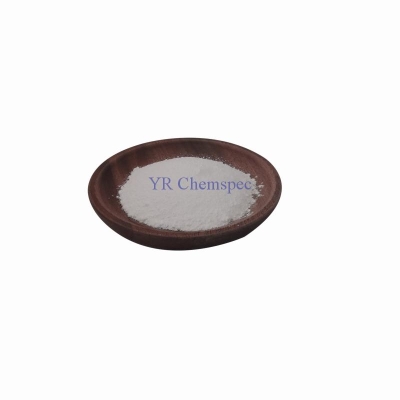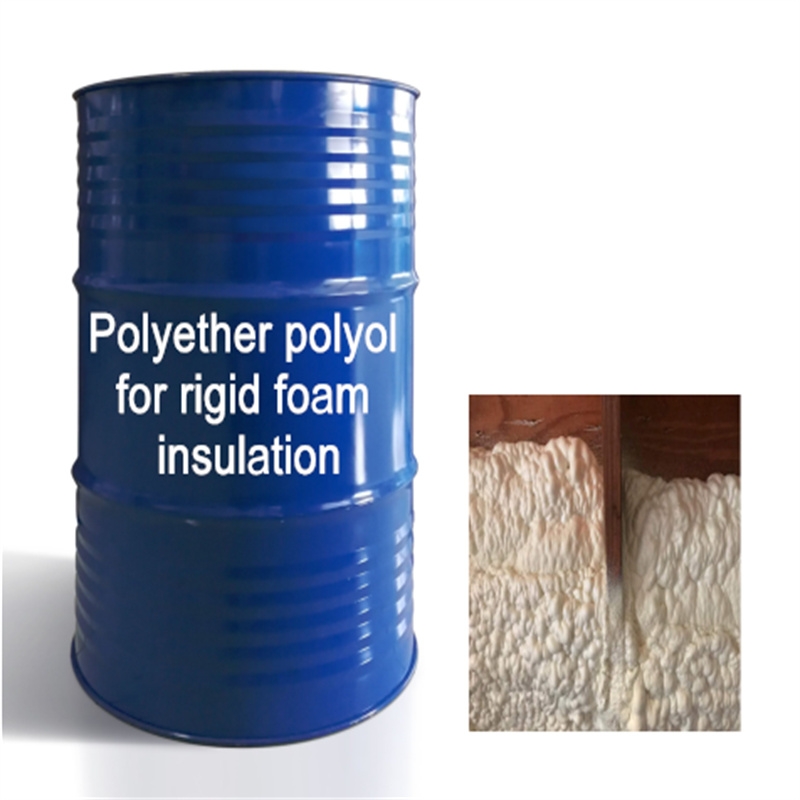-
Categories
-
Pharmaceutical Intermediates
-
Active Pharmaceutical Ingredients
-
Food Additives
- Industrial Coatings
- Agrochemicals
- Dyes and Pigments
- Surfactant
- Flavors and Fragrances
- Chemical Reagents
- Catalyst and Auxiliary
- Natural Products
- Inorganic Chemistry
-
Organic Chemistry
-
Biochemical Engineering
- Analytical Chemistry
- Cosmetic Ingredient
-
Pharmaceutical Intermediates
Promotion
ECHEMI Mall
Wholesale
Weekly Price
Exhibition
News
-
Trade Service
1.
a halide
There are two kinds of halides of Sn and Pb, MX 2 which is mainly ionic type and MX 4 which is mainly covalent type
.
Since Pb (IⅣ) oxidizing strong, so PbBr .
SnCl 2 and PbCl 2 are white solids
.
PbCl 2 is slightly soluble in water
SnCl 4 is a colorless liquid.
The metal has a high oxidation number and is easier to hydrolyze.
The halides of Sn and Pb can easily form complexes in excess X-containing solution, such as [SnCl 6 ] 2- , [SnCl 4 ] 2- , [PbC1 3 ] - , [PbC1 4 ] 2-
.
The solubility of PbX 2 in water is relatively small at room temperature , but when the concentration of X - increases or the aqueous solution is heated, the solubility of PbX 2 can be increased and colorless complex ions can be generated
Therefore, using X- to precipitate Pb 2+ can not achieve the purpose of separation
.
The KI solution was added to the Pb(NO 3 ) 2 solution to generate a yellow Pbl 2 precipitate.
The system was directly heated without being separated, and the precipitate was dissolved into a colorless solution, naturally and slowly cooled to room temperature, and yellow needle-like Pbl 2 crystals were precipitated
.
Sn 2+ has strong reducibility, and SnCl 2 is easily oxidized in the air.
Therefore, when configuring the SnCl 2 solution, Sn particles should be added to prevent Sn 2+ from being oxidized
.
The reducibility of SnCl 2 is also reflected in the reaction with HgCl 2
.
SnCl 2 reacts with HgCl 2 to produce white Hg 2 Cl 2 precipitate.
SnC1 2 was thrown into the Fe 3+ KSCN solution, and the red color of the solution was faded due to the reduction of Fe 3+
.
2.
Sulfides
Among the sulfides of Ge, Sn, and Pb, PbS.
does not exist due to the strong oxidizing properties of Pb(IV)
.
GeS and GeS 2 have certain solubility in water, while SnS, SnS 2 and PbS are insoluble sulfides
SnS brown, SnS 2 yellow, PbS black
.
SnS 2 can be used as gold powder coating
Low-valence sulfides can be oxidized by persulfides and converted into high-valence sulfides
.
E.
g
The generated high-valence sulfide is acidic and dissolves in alkaline sulfide to generate thiosalt
.
SnS is amphoteric and slightly alkaline, insoluble in Na 2 S solution but soluble in Na 2 S 2 solution
.
Thioacid salts are unstable and decompose when exposed to acid
.
The sulfides of high-valence metals are acidic and soluble in strong alkali solutions
.







